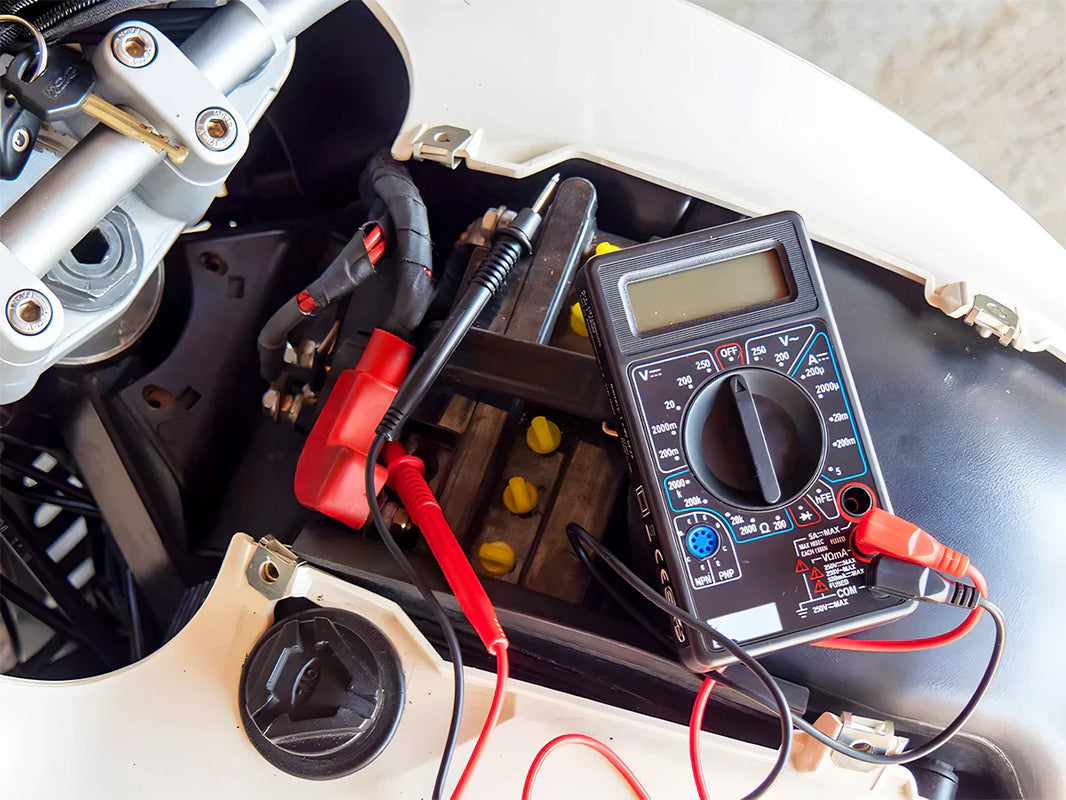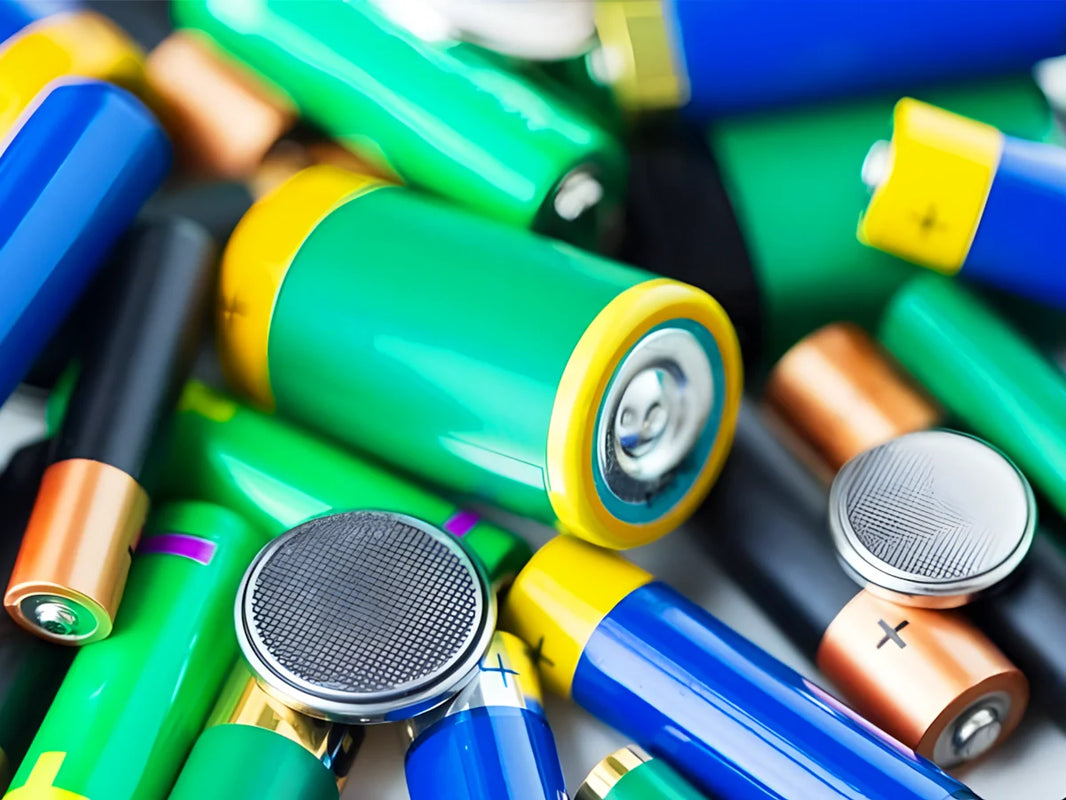
As the main development model of urban transportation in the future, "Public Transportation" has been recognized by all walks of life. However, "Public Transportation" can only form an extensive network. "And other special requirements. Short-distance transportation tools such as electric bicycles are just a supplement to the shortcomings of "public transportation". They are convenient, labor-saving, fast, pollution-free, and simple to operate. They do not require examinations and can exercise. With the expansion of urban areas and the increase in travel distances of citizens, electric bicycles have been favored by the general public as a new type of cheap transportation or "transitional" means of transportation, especially by middle-aged and elderly women and women. The development of electric bicycles began in the 1960s, and many bicycle or automobile manufacturers in Japan, the United States, Germany, the United Kingdom, Italy and other countries have successively launched their products. Especially in recent years, as the shortage of oil resources and environmental pollution have intensified, in order to solve energy and pollution problems, a global development boom has risen again. Electric bicycles have become a new "green industry" actively promoted by governments of various countries.

Power lithium battery for electric bicycle
The power lithium battery of the electric bicycle uses lithium nickel cobalt manganese oxide as the positive electrode material, and the nickel strip as the negative electrode conductive plate, so that the battery discharge surface is not heated up significantly, which can greatly reduce the flammability of the electrolyte and solve the problem that may occur during the use of the lithium battery. Security issues.
The power lithium battery is also light and compact, and the weight is only 1/3 of the lead-acid battery of the same capacity. The service life of lead-acid batteries is generally 1 to 2 years. In order to improve the battery life, a lithium-ion battery charging and discharging connection conversion device is designed, which can realize parallel connection when charging and series connection when discharging, which solves the overall energy storage caused by different individual discharges of the battery. The value drop problem has improved the overall performance and service life of the battery pack, and the service life of the lithium battery has reached 3 to 5 years.
The rapid development of electric bicycles has brought good opportunities to the development of power batteries. Just as the automobile industry drives the battery industry, there has been a vigorous situation. The development of electric vehicles depends to a certain extent on the progress of power batteries. With the improvement of people's quality of life, the performance requirements for power batteries will become higher and higher. As a means of transportation, the main technical indicators of electric bicycles are as follows: the weight of the vehicle is 30-40kg, the power is 150-180W, the battery capacity is 12A·h, the voltage is 36V, the current is about 5A, and the driving speed is about 20km/h.
Figure 1 is a comparison list of the capacity, weight and price of various storage batteries used in 36V electric bicycles. Through comparison, it can be seen that the outstanding characteristics of lithium-ion batteries are: light weight, excellent energy storage, no pollution, no memory effect, low self-discharge, and long service life. Lithium-ion battery has a high working voltage, which is 3 times that of nickel-cadmium and nickel-hydrogen batteries; its storage capacity is 1.6 times that of nickel-hydrogen batteries and 4 times that of nickel-cadmium batteries. In the case of the same capacity, there are 4 types The lightest battery; its volume is small, 30% smaller than the volume of nickel-hydrogen storage batteries; currently only 20% to 30% of its theoretical power has been developed and utilized, and it is an ideal green energy source with bright development prospects for vigorous development. The mass of a set of 36V lithium ion power battery is about 1.8~2.8kg, and the mass of the whole vehicle is less than 20kg. The battery pack has a cycle life of 1,000 times and a service life of 3-5 years. The charging time is 2~5h. The recharge time of lithium battery is 6~10 months. The disadvantage is that it is expensive.

Figure 1 Comparison table of capacity, weight and price of various batteries for 36V electric bicycles
The basic requirements for electric bicycles are:
①Light weight;
②The price is low;
③The speed is greater than 20km per hour;
④The travel distance is more than 50km per charge;
⑤Charging time is less than 8h;
⑥The power consumption is less than 1 degree per charge;
⑦The liquid-tight battery does not leak acid and is easy to maintain;
⑧High current discharge and good low temperature performance;
⑨Small self-discharge and long life.
It can be seen from the above requirements that lithium-ion batteries are the most ideal power source, but due to their price factors, cheap lead-acid batteries are still the main ones. If lithium-ion batteries want to enter the electric bicycle market, the following measures can be considered. First, give full play to the characteristics of lithium-ion batteries and design light-duty electric bicycles with higher performance. For example, install the battery of the same quality to increase the capacity of the car (the mileage, climbing ability, and load capacity of a charge). Second, research to improve the quality of the car and reduce the price of the battery. Third, strengthen sales measures and increase sales channels to enable them to enter remote areas and to the countryside. Fourth, let lithium-ion battery electric bicycles enter the market as soon as possible and withstand the market's exercise. Give full play to the advantages of lithium-ion batteries and make up for their shortcomings. Therefore, it is imperative for lithium-ion batteries to replace lead-acid batteries.
















